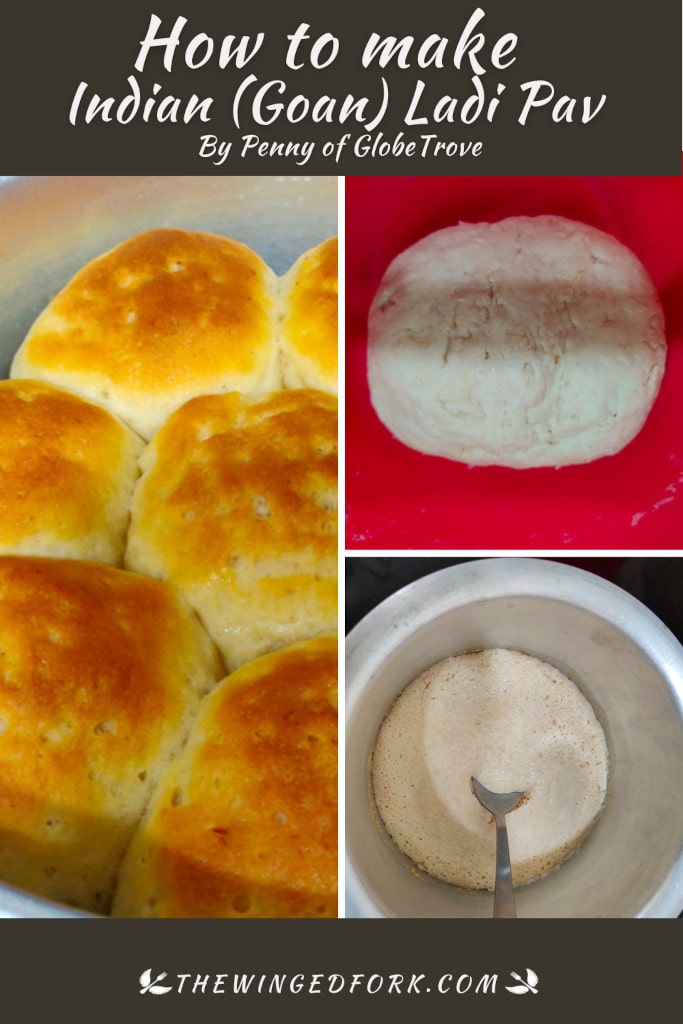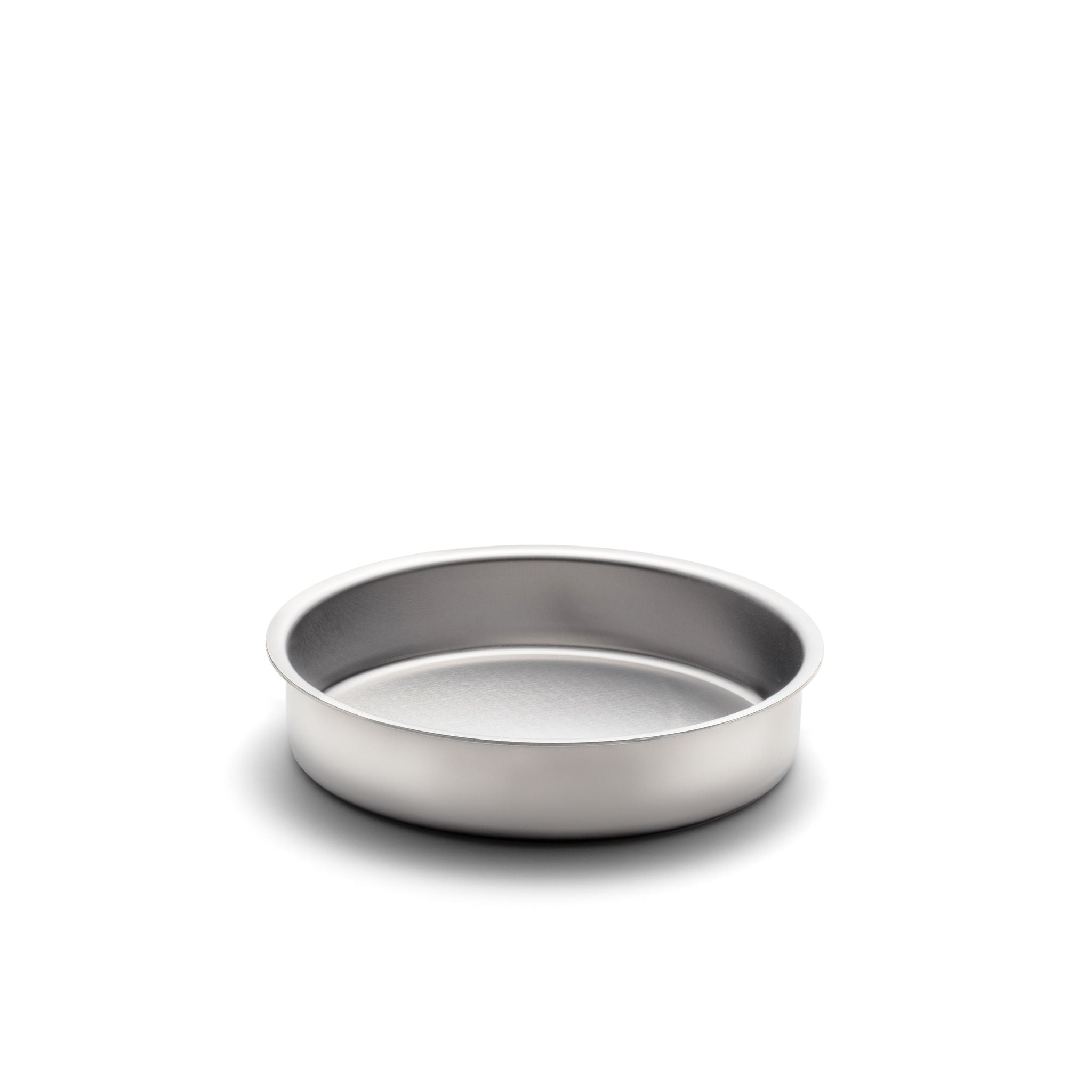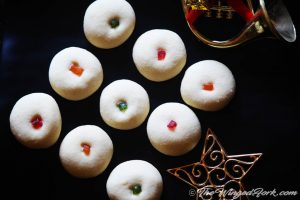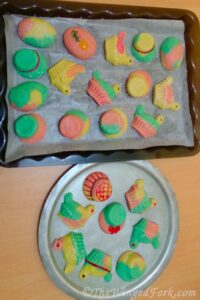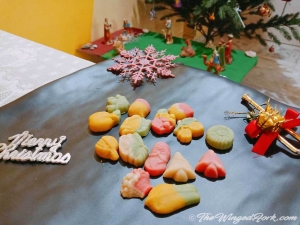This fluffy Goan bread is a staple in many homes across India. Soft and delicious, this Indian bread is perfect for breakfast, lunch, or dinner!
Goa has a lot of different types of bread and we are spoiled for choice. In fact, I have always found that no matter which part of the country (or for that matter world) I head to, I find myself craving for the special bread that can be got hot at the doorsteps at home. After staying in Bangalore with all the covid restrictions in place, the pregnancy cravings kicked in. I just had to have some ladi pav and the ones that I got in the city were not authentic enough.
That’s when I dipped my hands into flour and started experimenting with different ladi pav recipes. A couple of tweaks, some experiments, and a lot of fun later, I had perfected the recipe and it has been a staple in our house ever since! Now no matter wherever we go, I can take a piece of Goa with me.
History Of The Ladi Pav
The Ladi pav has its history traced right back to Egypt which is where yeast came to India from.
If you’ve been to Portugal, you know that they love their crusty bread as much as we do. In fact, the word pav is derived from the Portuguese word for bread, pão.
They brought the leavened pao bread recipe with them when they reached India in the 1500s. As conquerors of Goa and Mumbai, they forced local bakers to make a leavened bread that they could use. However, since yeast was not popular in India at the time, the Goan cooks turned to toddy, toddy being the fermented sap of the toddy palm.
The traditional Goan recipe for pav still requires us to ferment the dough with local toddy instead of yeast, but the recipe that I use does not use toddy. Yeast or khameer is much easier to find in India nowadays, so I use that. That is probably why there is still a difference between the traditional bread and the one we eat at home.
Anyway, with a lot of experimentation, the ladi pav was born and it is still a popular favorite in Goa today. People consume it all day and for every meal! In fact, we even get it delivered right to our doorstep hot from the baker’s basket! The sound of the poder or baker honking his horn will always send people scurrying for bread. But if you miss him, try this recipe at home!
Ingredients For Ladi Pav
The Indian pav is made with simple ingredients – maida, salt, sugar, baking powder, active yeast, milk, and oil.
Steps To Prepare Ladi Pav
Step I – Proof The Yeast
The first step in the process is the most important one of all. You need to prepare the yeast. Warm the milk up such that it is room temperature, not hotter or it will kill the yeast. Add a tablespoon of sugar and stir. Add in the yeast and set aside for five minutes. Check back in five minutes. The yeast should have prepared a foamy texture on top of the milk. If it hasn’t then you would need new yeast.

Step II – Prepare The Dough And Allow It To Rise
Next, add the maida, salt, and baking powder to a bowl and mix it thoroughly. You can also sift them together.

Add in the milk and knead the dough. The dough will not form a smooth lump instantly. Once you’ve kneaded it for around 3- minutes, add in the oil. Continue to knead for another 5 minutes. The longer you knead the dough, the better it activates the gluten. This gives the bread its texture.
Cover the dough and keep it in a warm place for two hours. The dough will rise to double its original size.

Step III – Bake The Pav
Grease a bread pan. If you don’t have one, you can use any other baking pan.
Preheat the oven to 180 degrees Celsius (356 degrees Fahrenheit). Knead the dough again and divide it into eight parts. Roll each part into a smooth ball and place it in the greased bread pan. Glaze the bread with milk and keep it for 20 minutes.
Then bake the bread in the oven for 20 minutes and remove. Allow the bread to cool before serving.

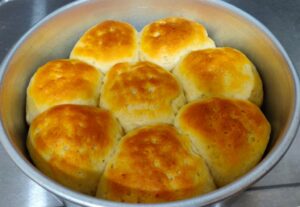
Homemade Ladi Pav – Eggless Goan Bread
Click the stars to add your rating! Left you don’t like it, right you love it!
Ingredients
- 3 cups All Purpose Flour (Maida / Plain Flour / Refined Flour)
- 1 teaspoon Salt
- 1 tbsp Sugar
- 1 teaspoon Baking Powder
- 1 tbsp Active Dry Yeast
- 1.5 cup Milk
- 2 tbsp Oil
Instructions
- Warm the milk up to room temperature. (Not hotter or it will kill the yeast.) Add a tablespoon of sugar, stir and set aside for five minutes.
- After five minutes, the yeast should have become foamy and is ready to use.
- Add the maida, salt, and baking powder to a bowl and mix it thoroughly. You can also sift them together.
- Next, add in the milk and knead the dough for about 3 minutes till it starts to get smooth.
- Add in the oil and continue to knead for another 5 minutes to activate the gluten.
- Cover the dough with a wet towel and keep it in a warm place for two hours till it doubles in size.
- Grease a bread pan. If you don’t have one, you can use any other baking pan.
- Preheat the oven to 180 degrees Celsius (356 Fahrenheit).
- Knead the dough again and divide it into eight parts. Roll each part into a smooth ball and place it in the greased bread pan. Glaze the bread with milk and set it aside for another 20 minutes.
- Bake the bread in the oven for 20 minutes and remove. Allow the bread to cool before serving.
Please click to rate the recipe! Left you don’t like it, right you love it!
Stuff You Might Want to Use
Nutrition (Per Serving)
Disclaimer: Nutrition Information per serving is estimated by a third party software based on the ingredients used, and is for informational purposes only. It will vary from product to product, based on methods of preparation, origin and freshness of ingredients. Please consult the package labels of the ingredients you use, or chat with your dietician for specific details.
This printable recipe card is for home use only. For more recipes head over to AbbysPlate.comTips For Making The Best Pav Bread
- Bake this pav bread when you’re looking for something fluffier than dinner rolls!
- Make sure there are no cracks in the dough when rolled.
- Place the dough in the pan close to each other but not touching.
- If your pav is not soft enough, try kneading it more next time.
- Serve the pav with sorpotel or fried kingfish, and yellow dal.
- Serve warm with soft butter for breakfast!
- Multiply this recipe and make more. It gets over quickly!
- If you have leftover pav, heat it on the grill with butter, sprinkle some chilli powder and eat just like that! It’s amazing!
- Want to try some non-oily breads. Here’s a list of Irish soda bread!
Frequently Asked Questions
Why is it called Ladi Pav?
The pav or bread is arranged in rows which then can be separated into individual pav. It is a unique style of arranging the bread and the rows are called Ladi. Hence the name Ladi pav.
What is ladi pav best served with?
Well it depends on which part of the country you are in. In Goa, it is a popular accompaniment with ross omelet, pav bhaji, or used as cutlet pav. In Bombay, I’ve seen a version used for vada pav, pav bhaji, or other Indian street food. But honestly, whether it is used as a part of a sandwich or as a staple alongside a gravy, pav is ultimately bread.
Can I store the dough in the fridge?
Yes. I’ve stored the dough in the fridge for 12-24 hours. You need to get the dough out and let it reach room temperature before you can work with it again. This is because the cold temperature inactivates the yeast.
Bio: Penny and Shawn of Globe Trove

Penny and Shawn are an adventure-loving couple who travel the world looking for different experiences. Avid foodies that they are, you will always find them trying out the local cuisine and searching for cooking classes so that they can always bring memories of their travels to their table. They document their travel experiences on their blog GlobeTrove. Follow them online on Facebook, Twitter, Pinterest, or Instagram.
If you want our traditional East Indian recipes on hand, the Abby's Plate Cookbook Series books are available online or in-store in most countries.
Latest Book:
East Indian Celebration
Festive Recipes from Abby's Plate
See the full list of books here!
Other Recipes You Might Like
- Fried Ray Fish Fish
- Watermelon rind bhaji
- Paella, a dish for many!
- Chicken Curry
- Chicken Gizzard Chilly Fry
